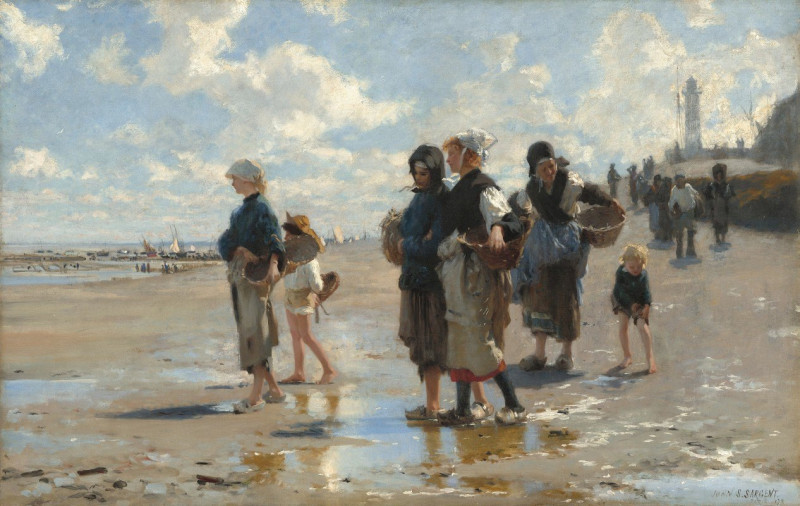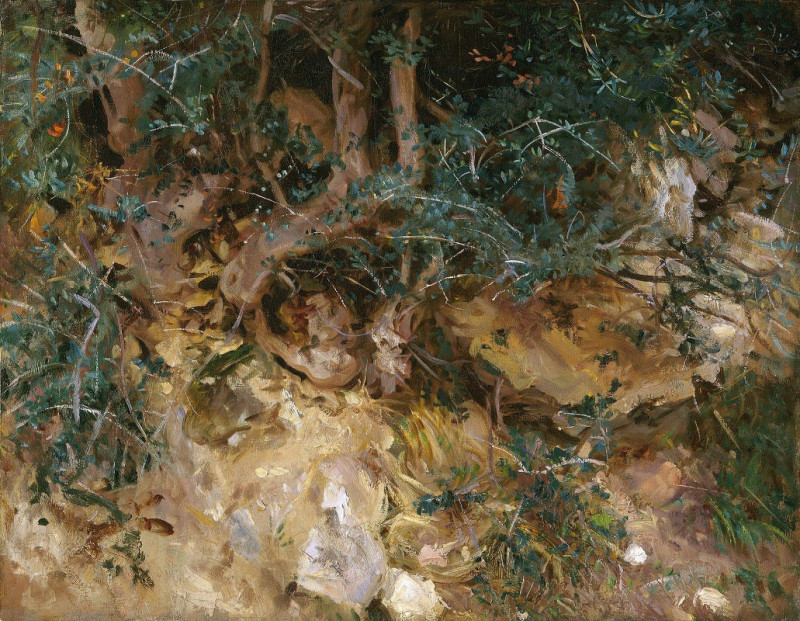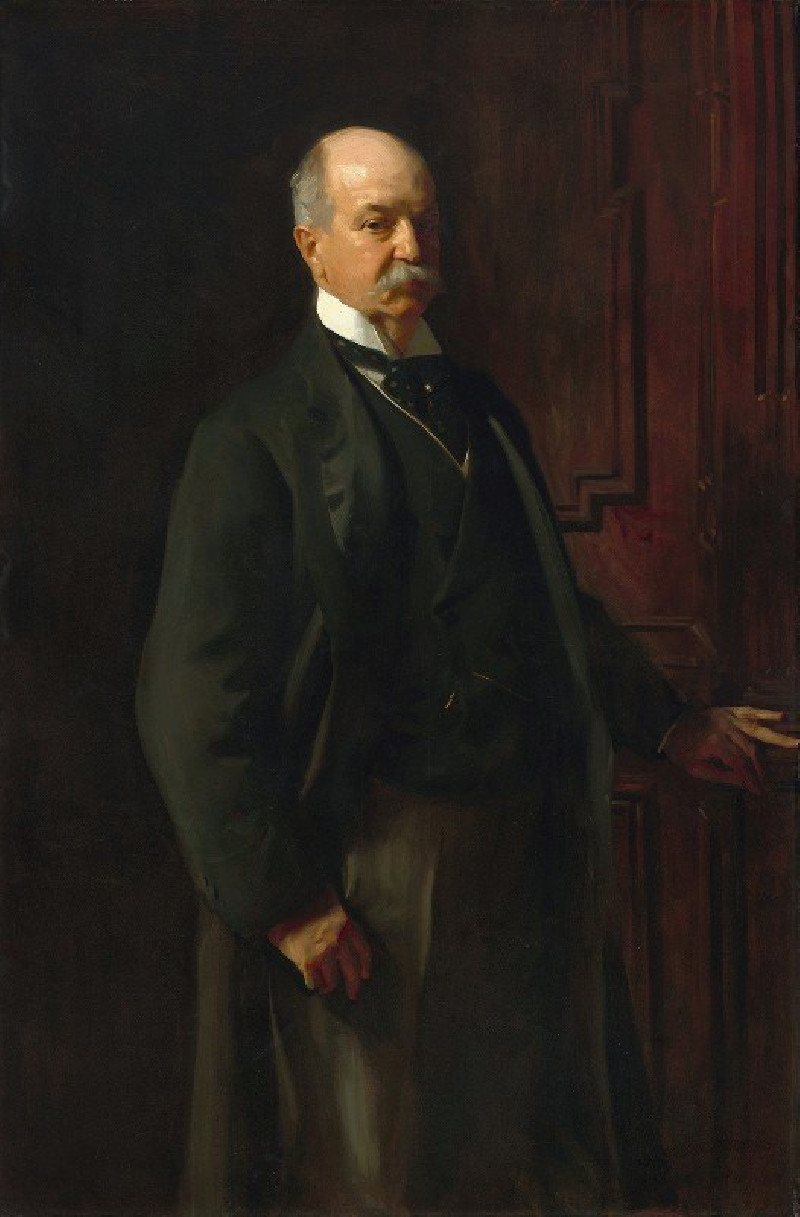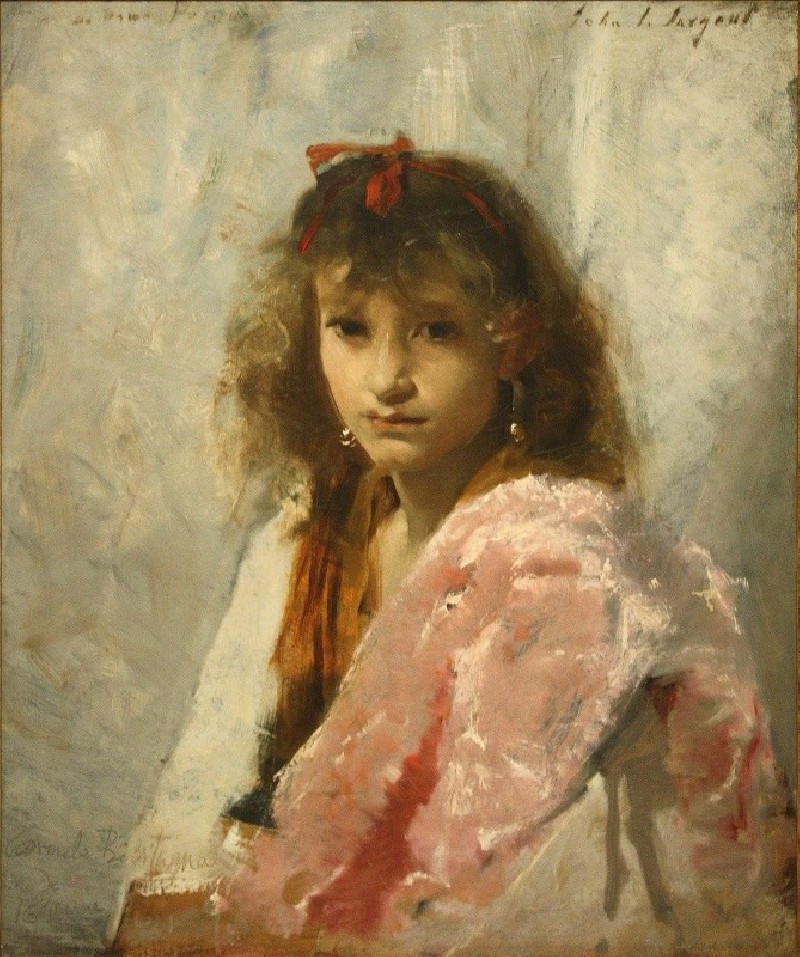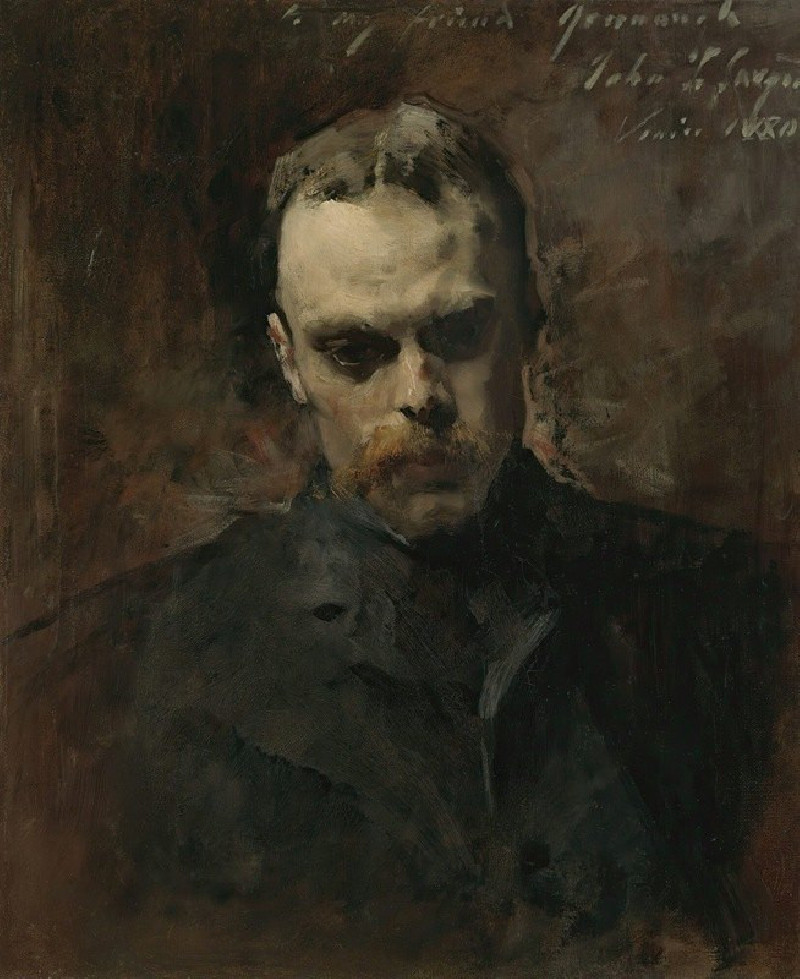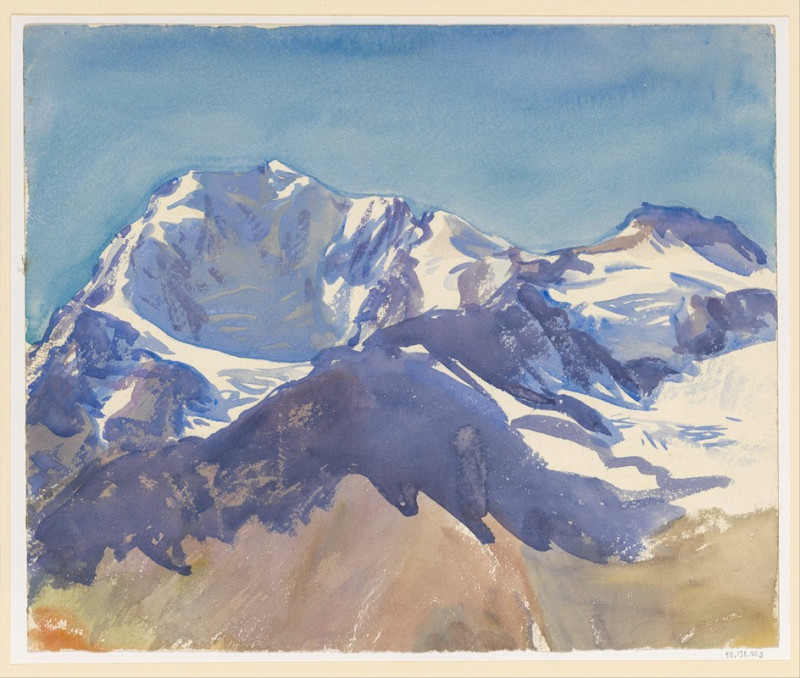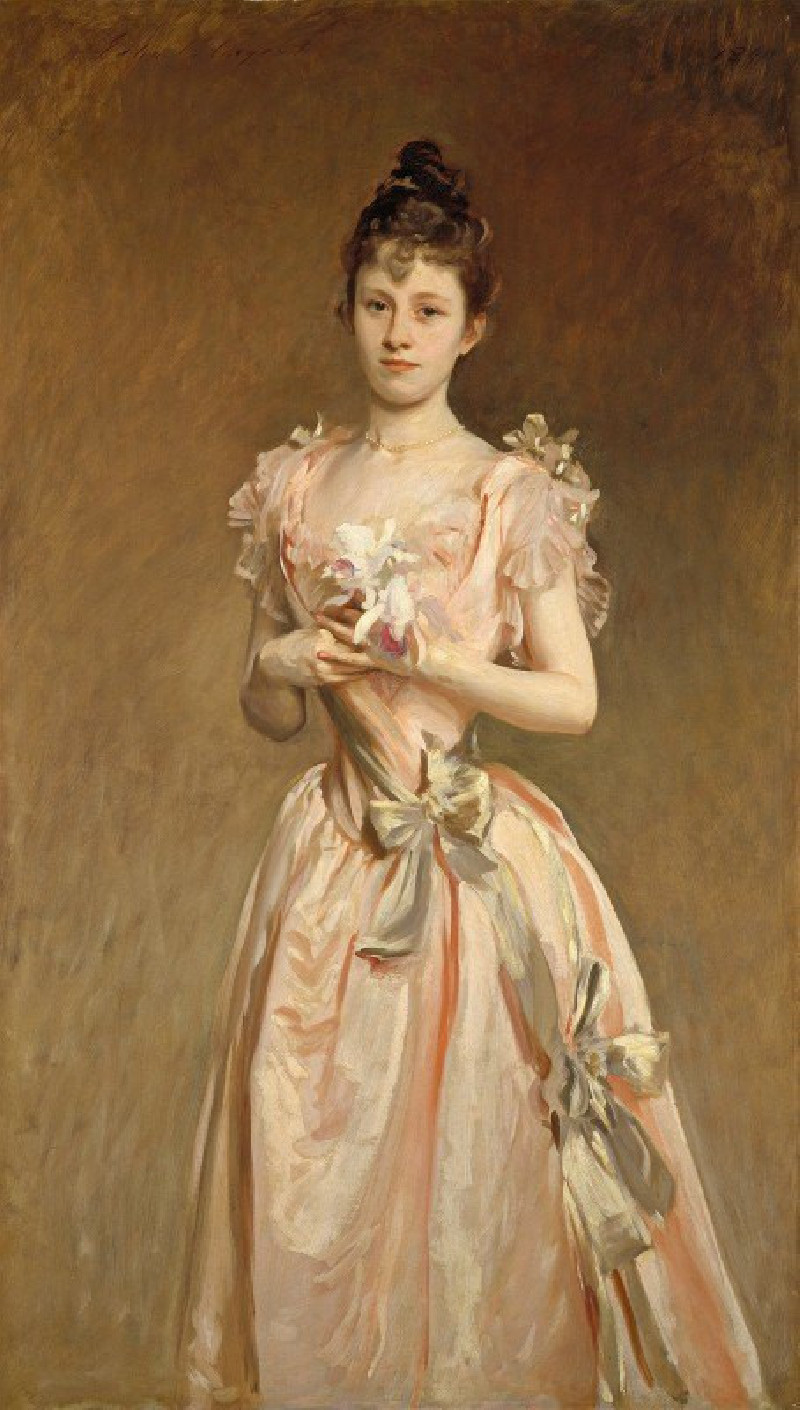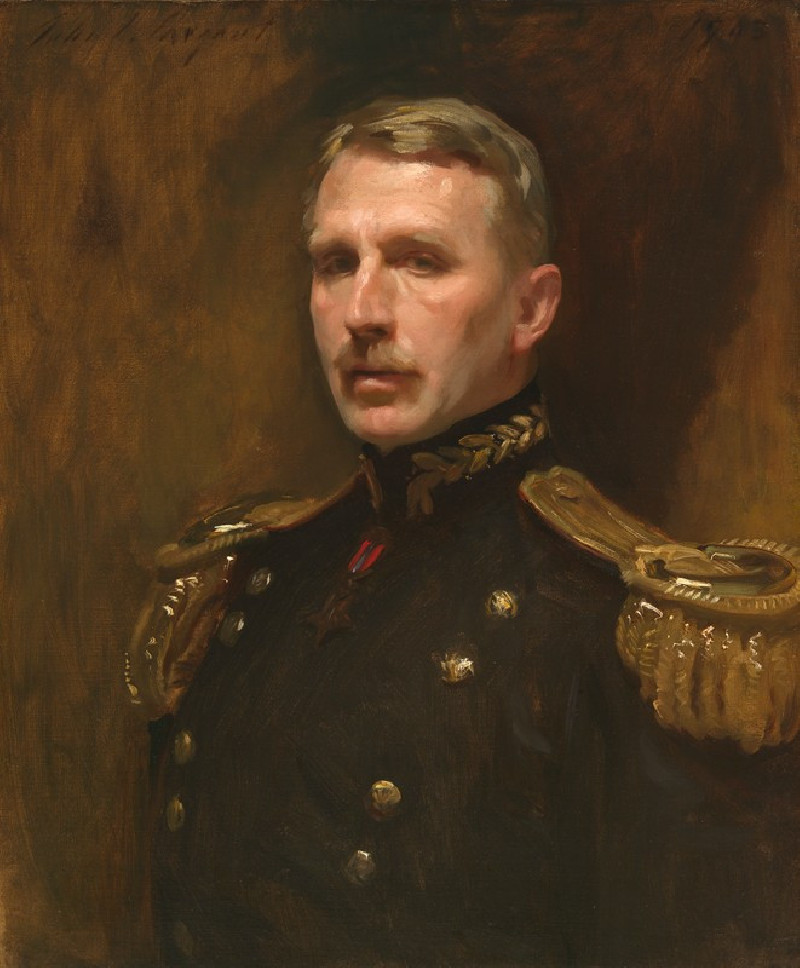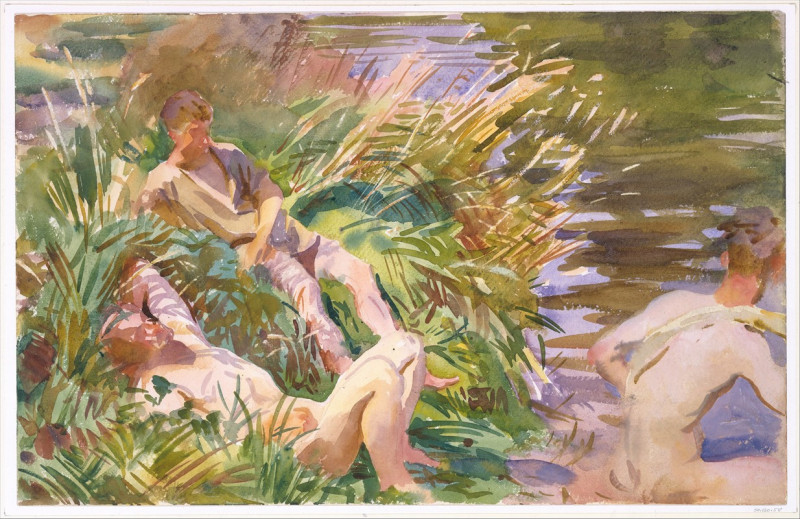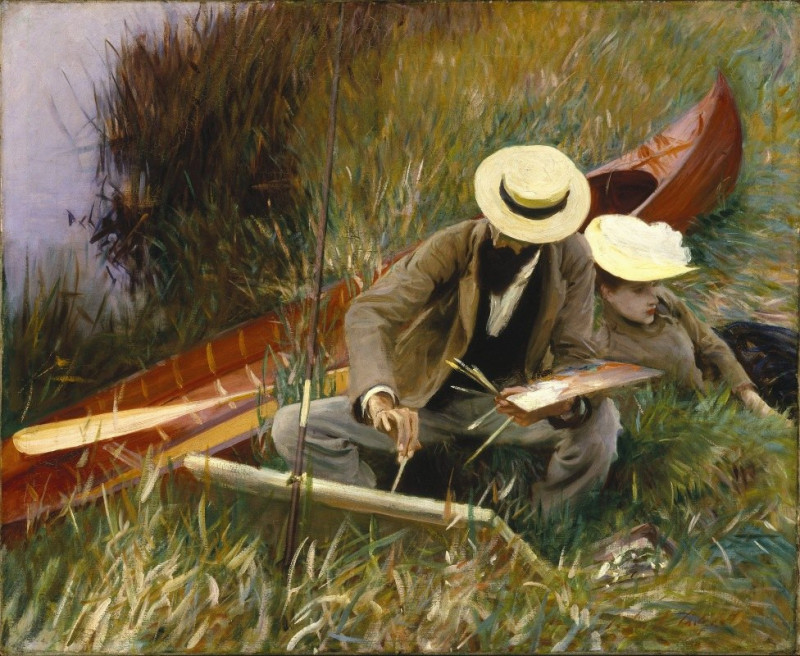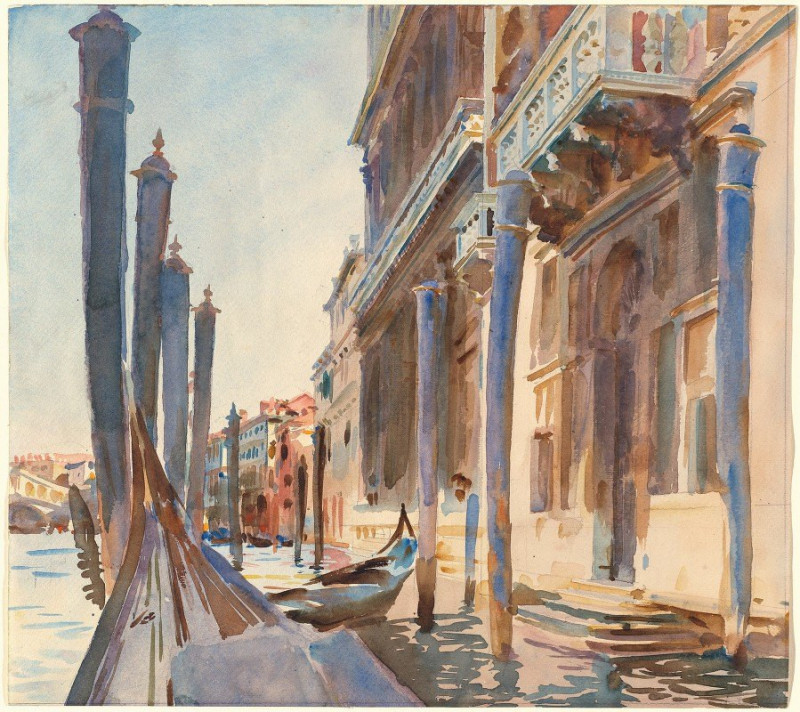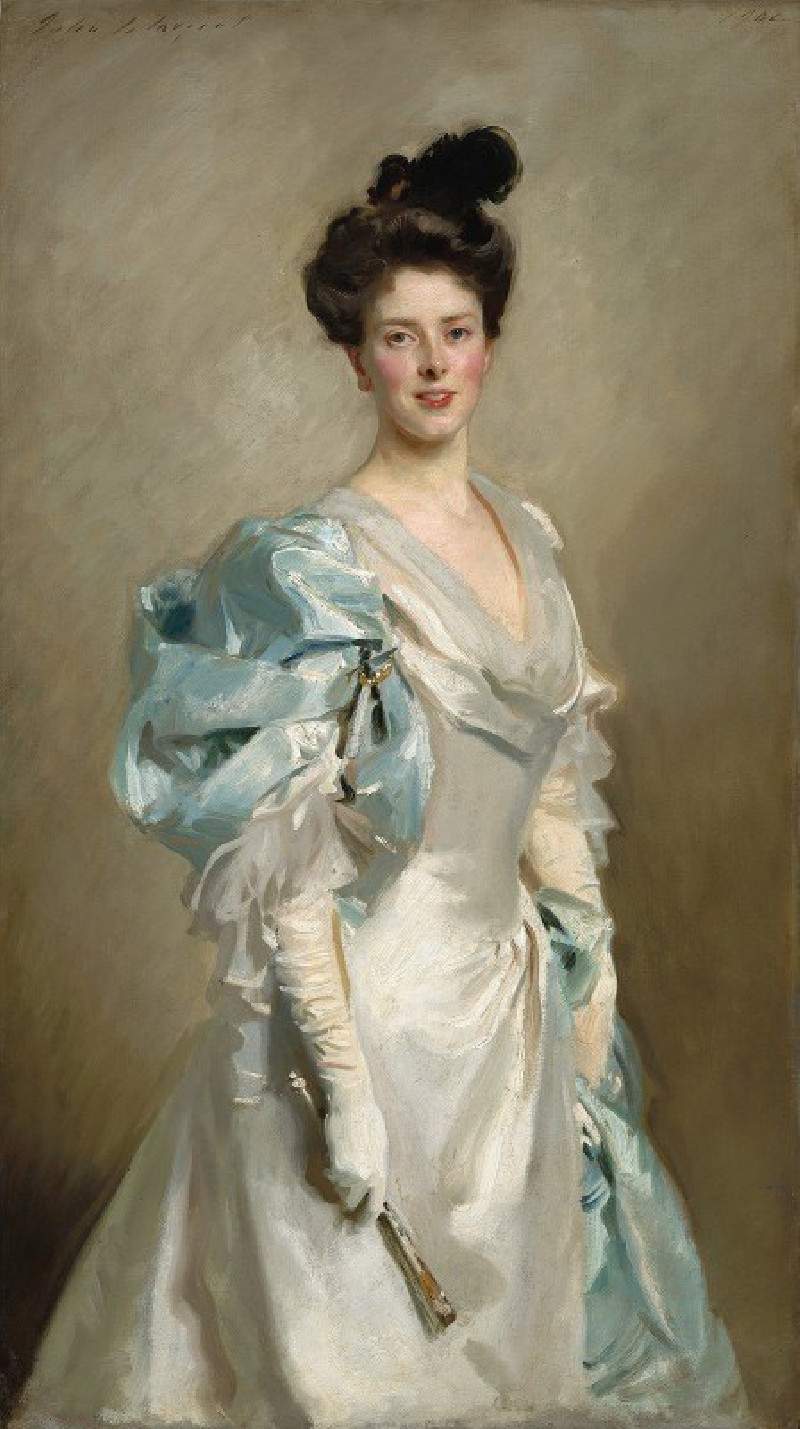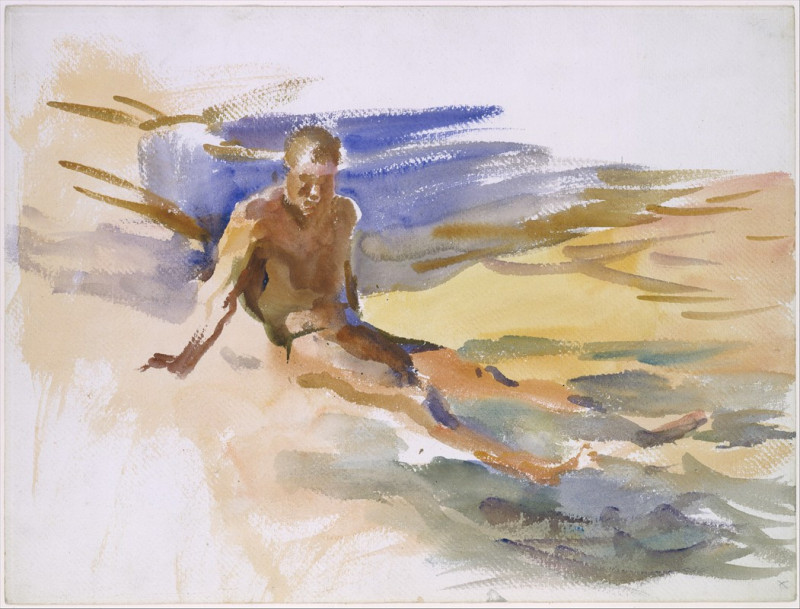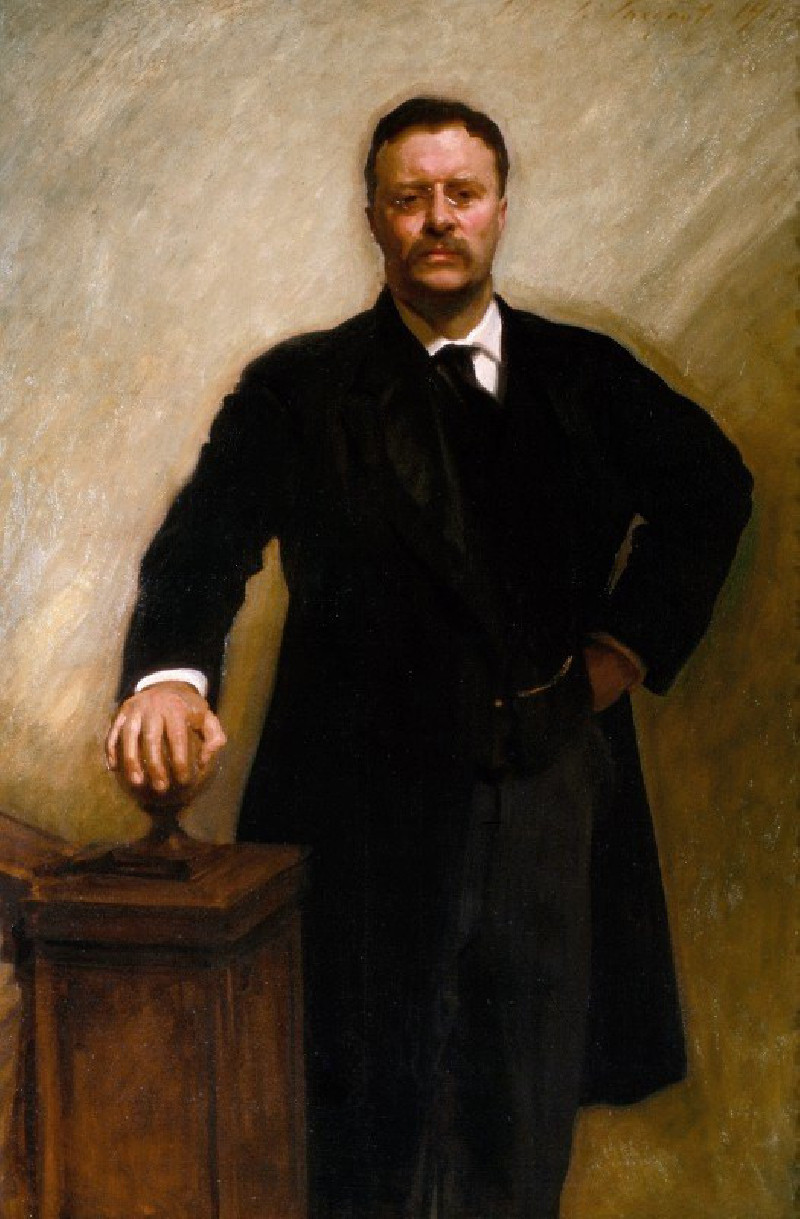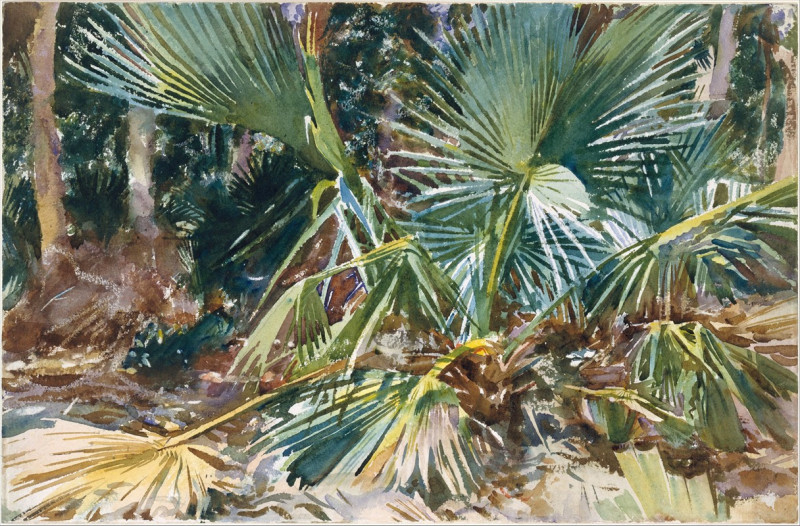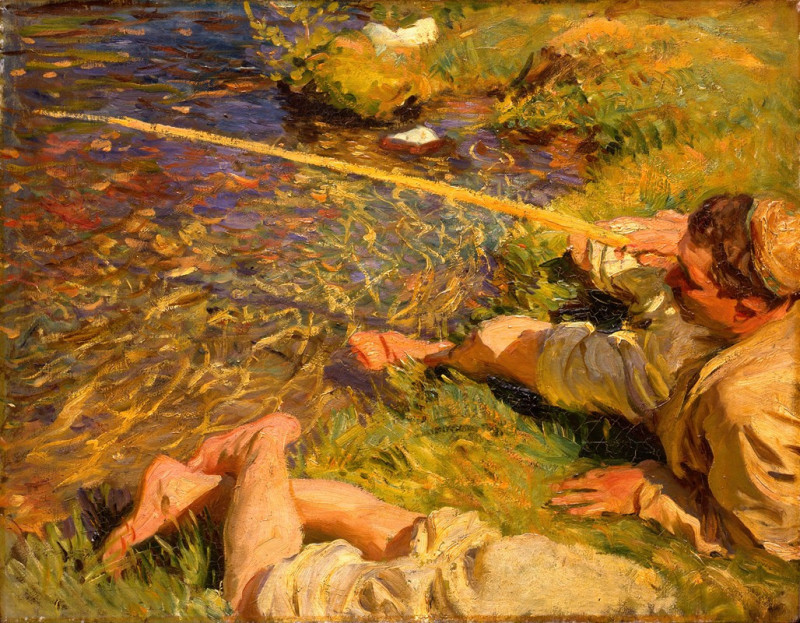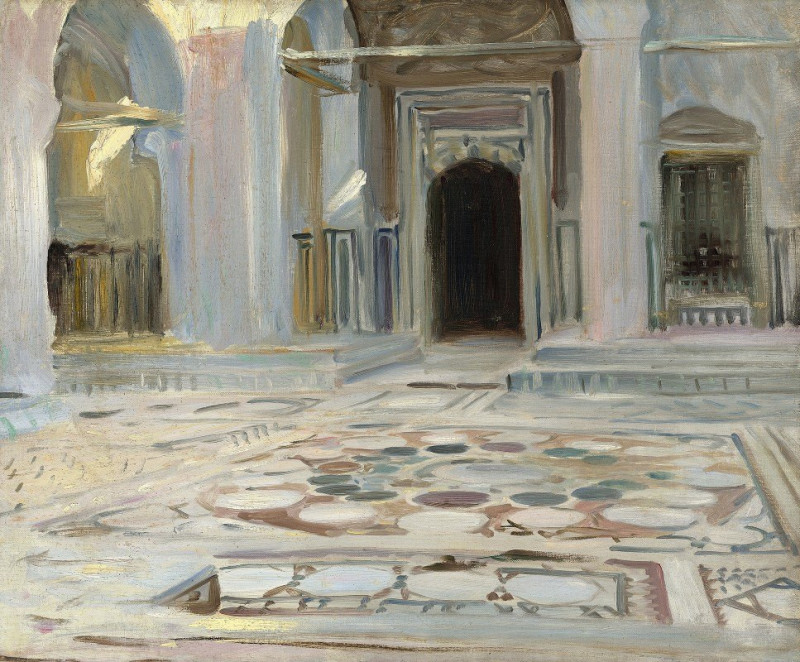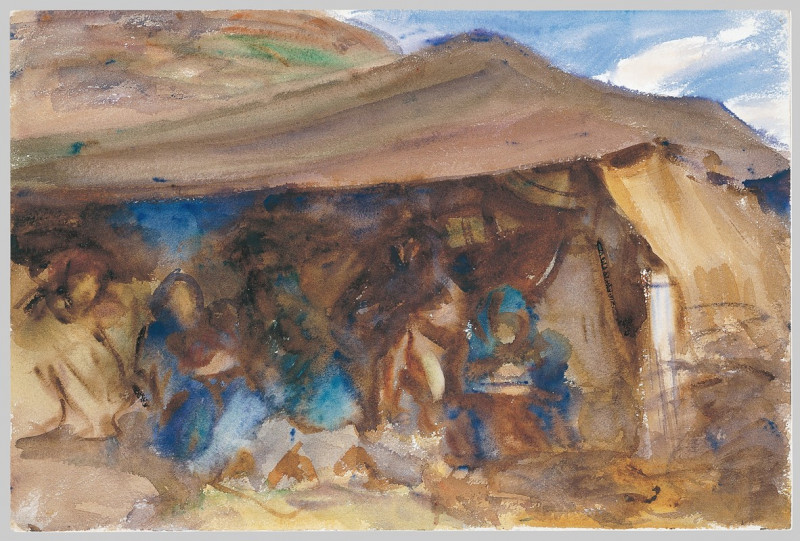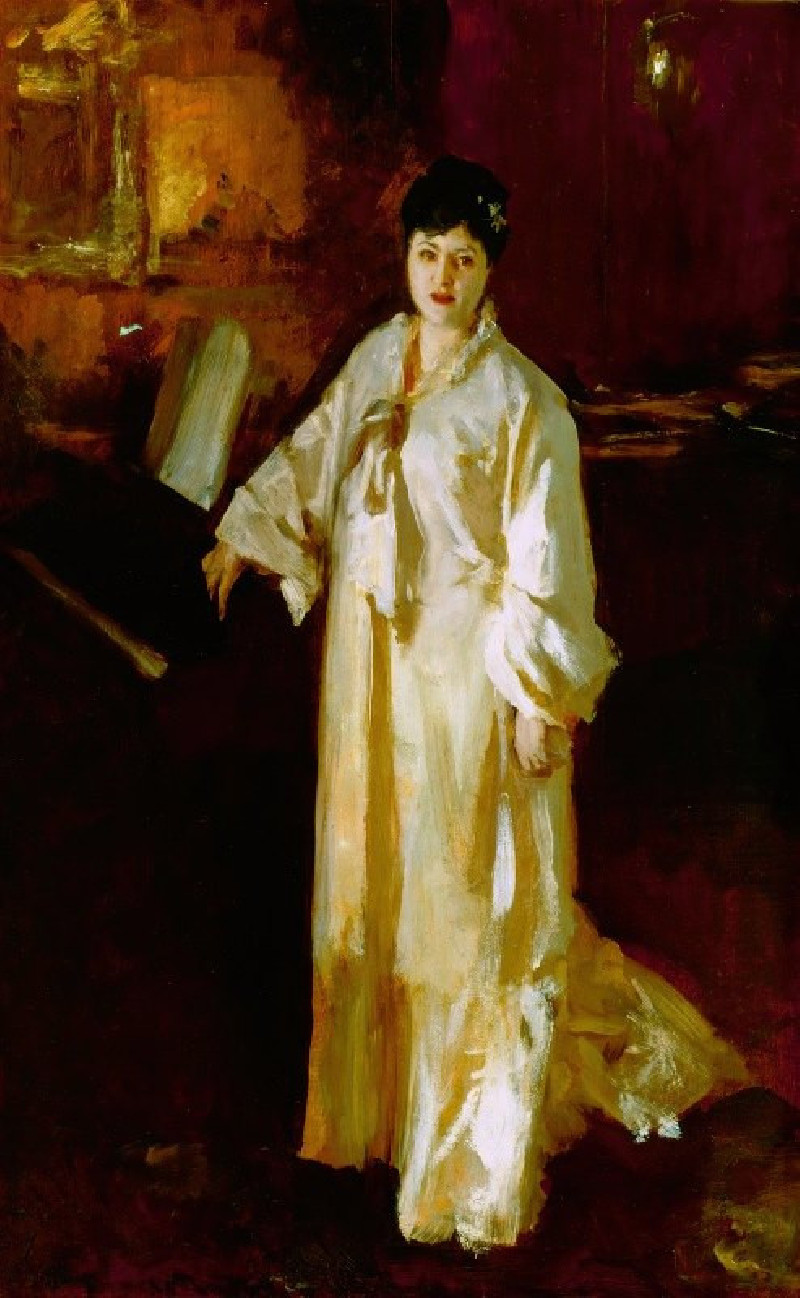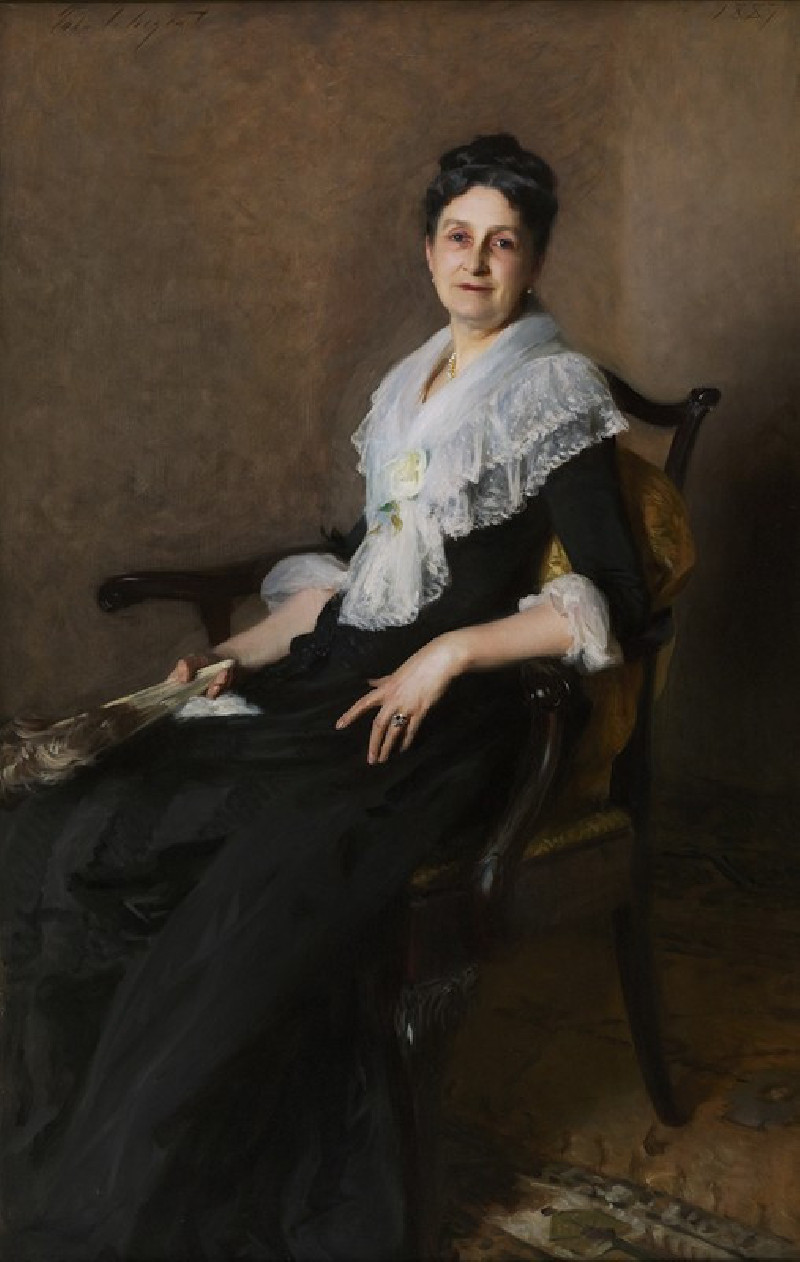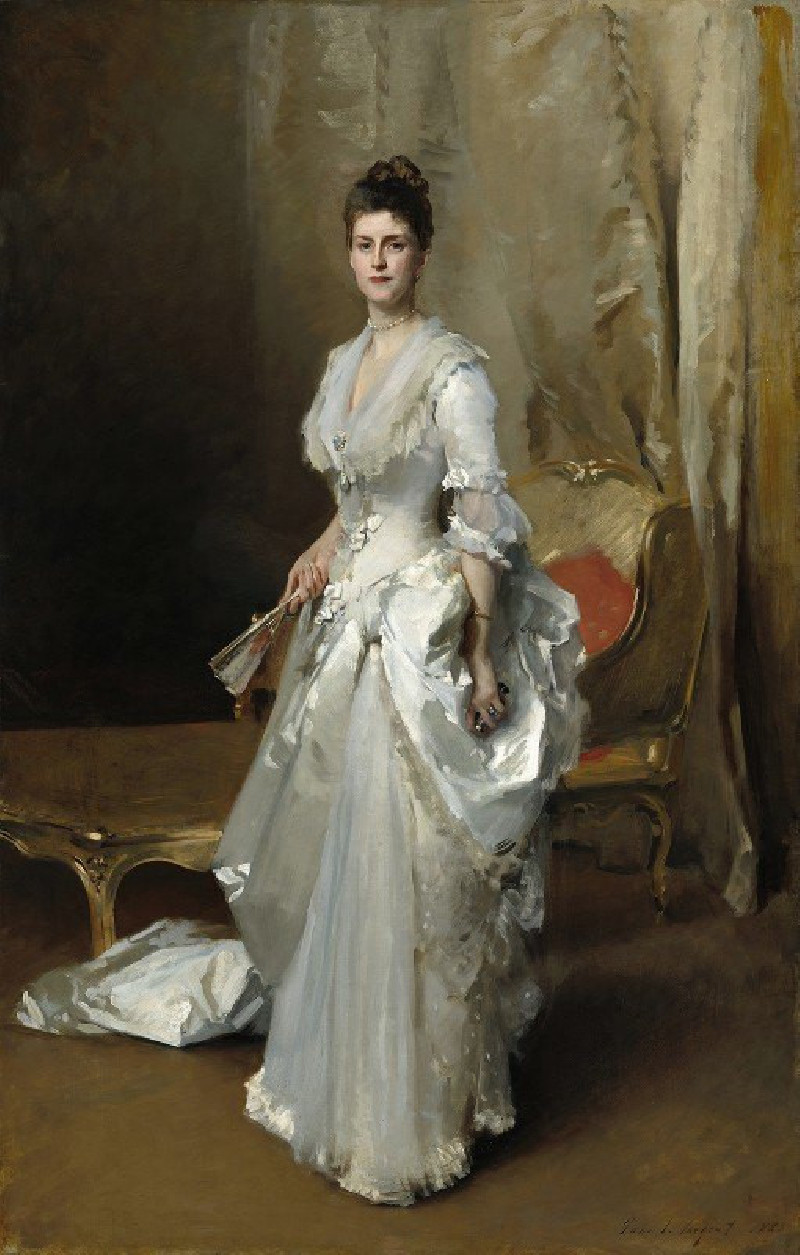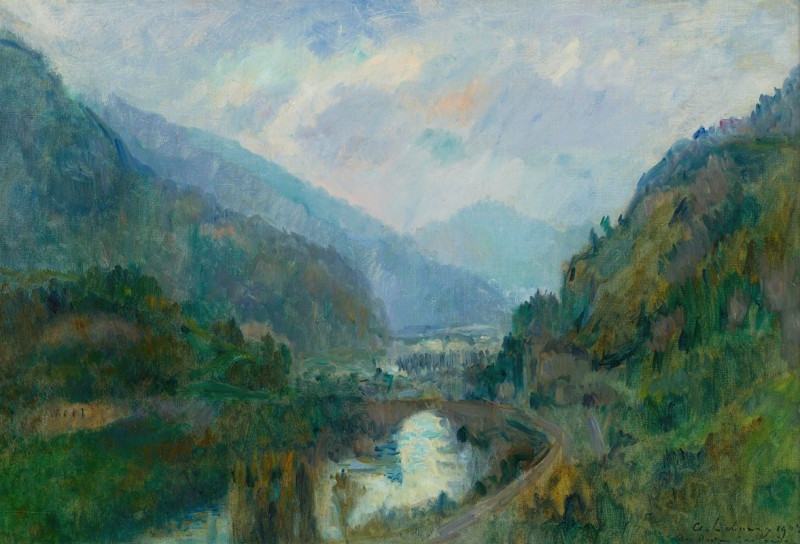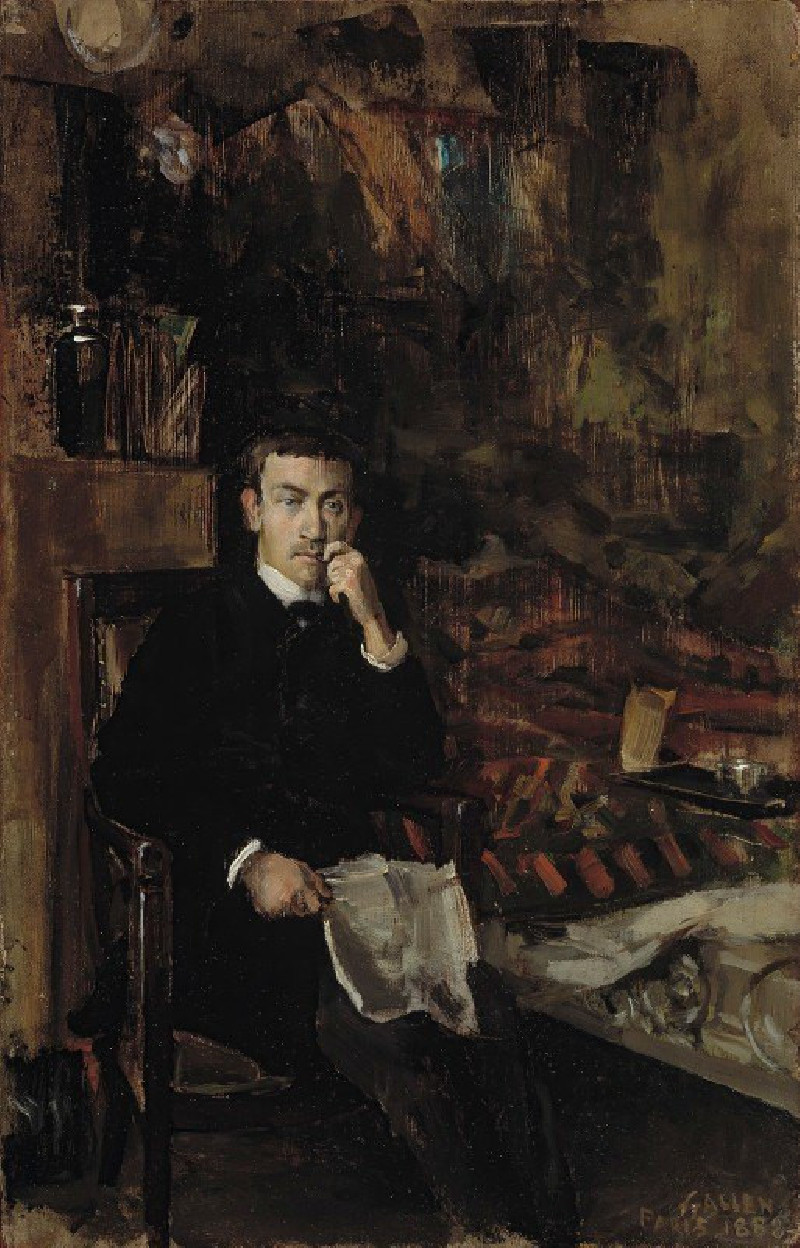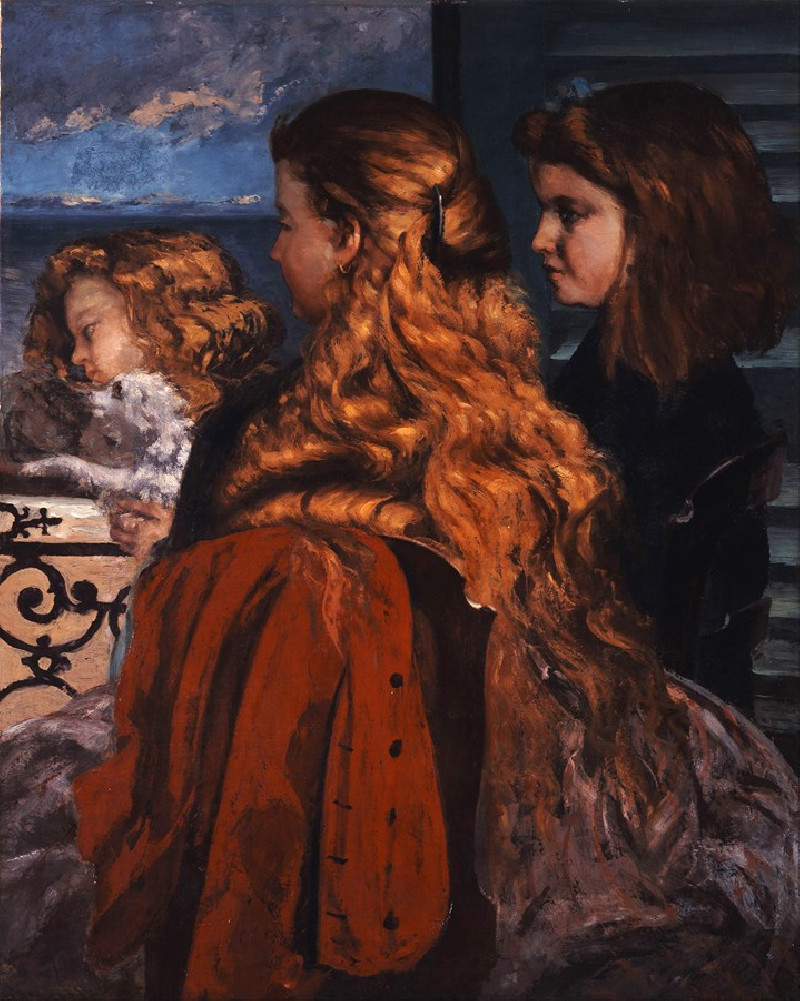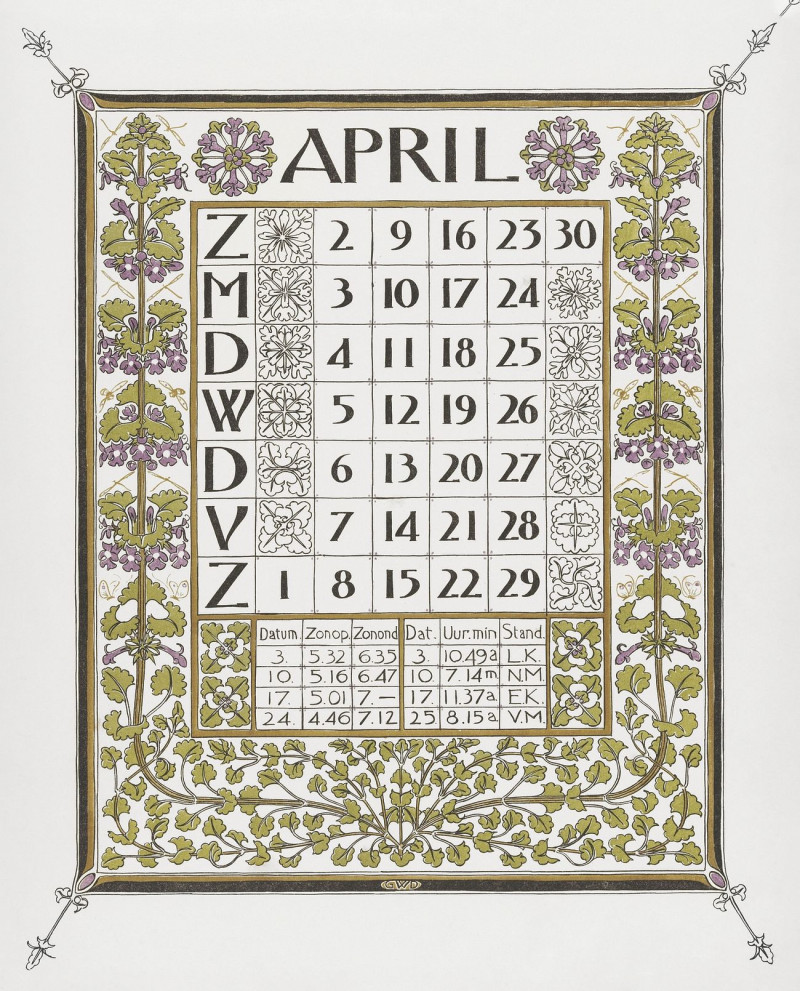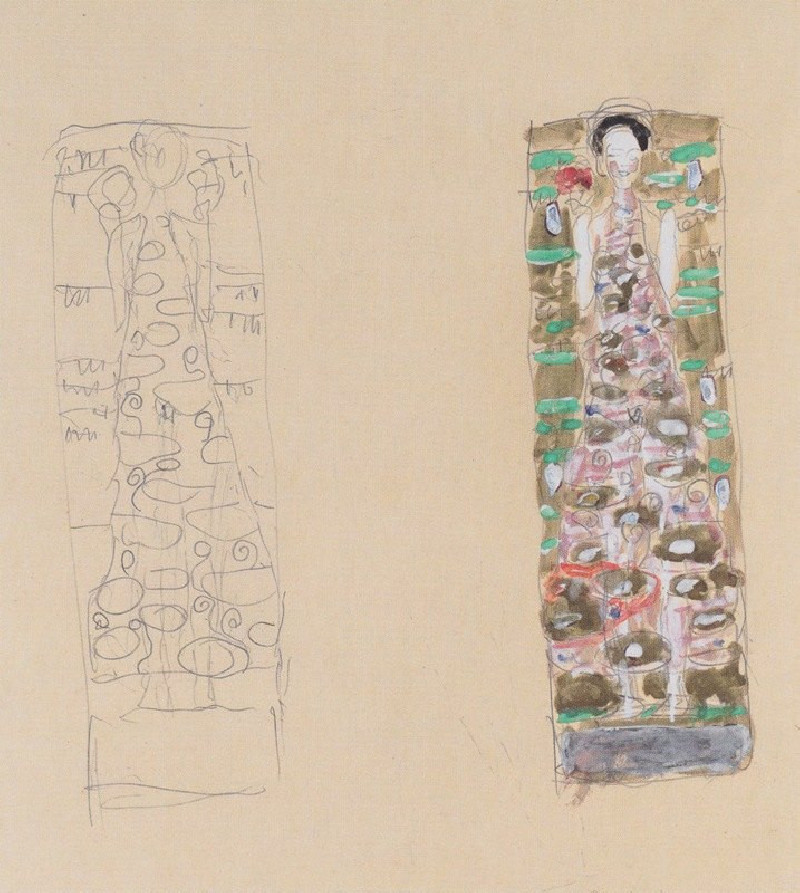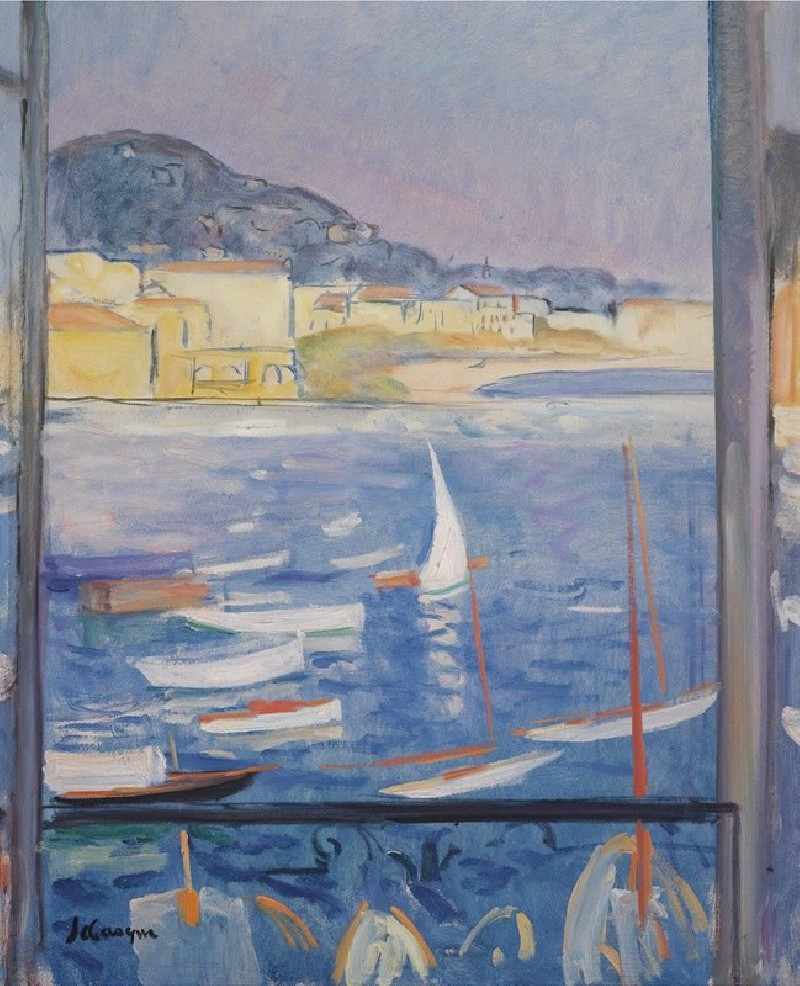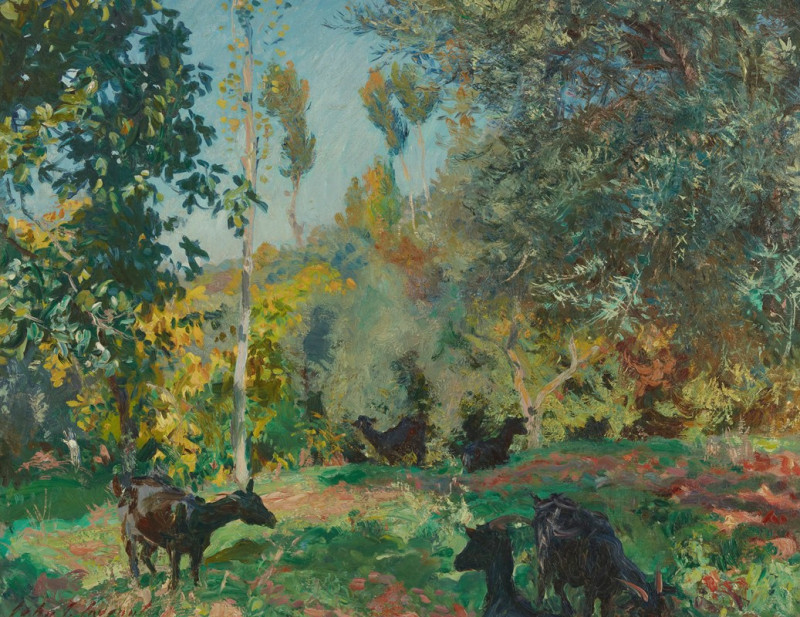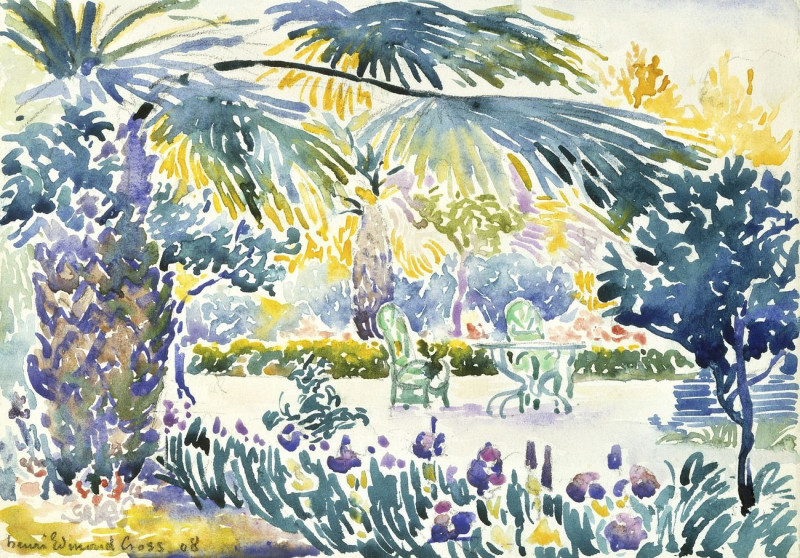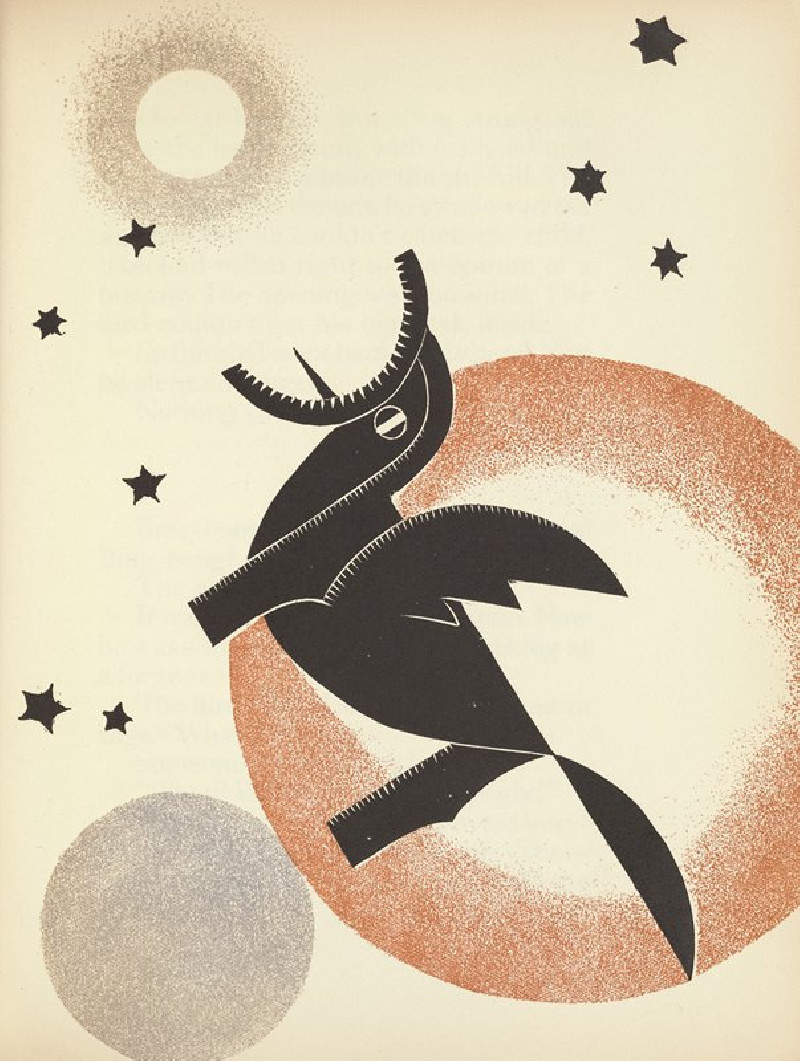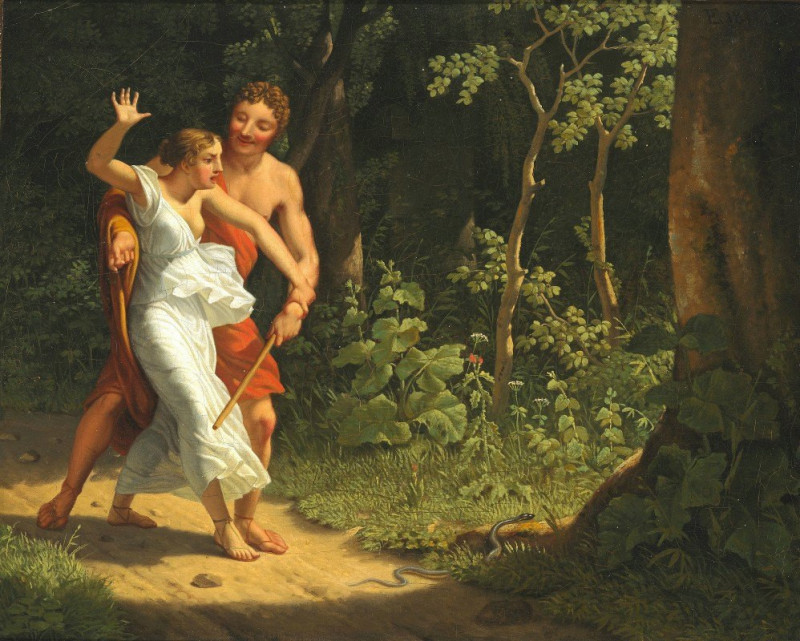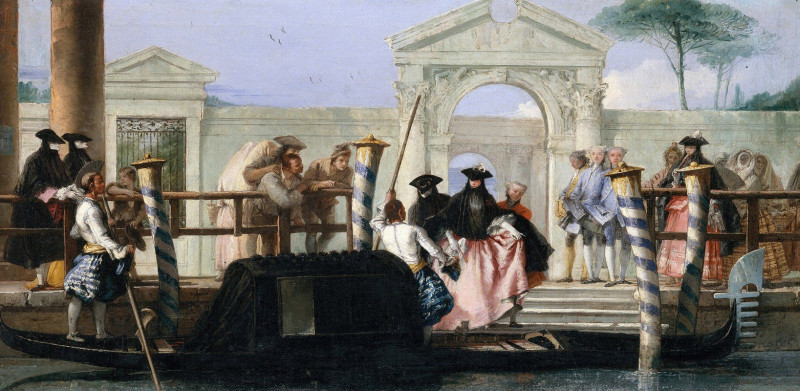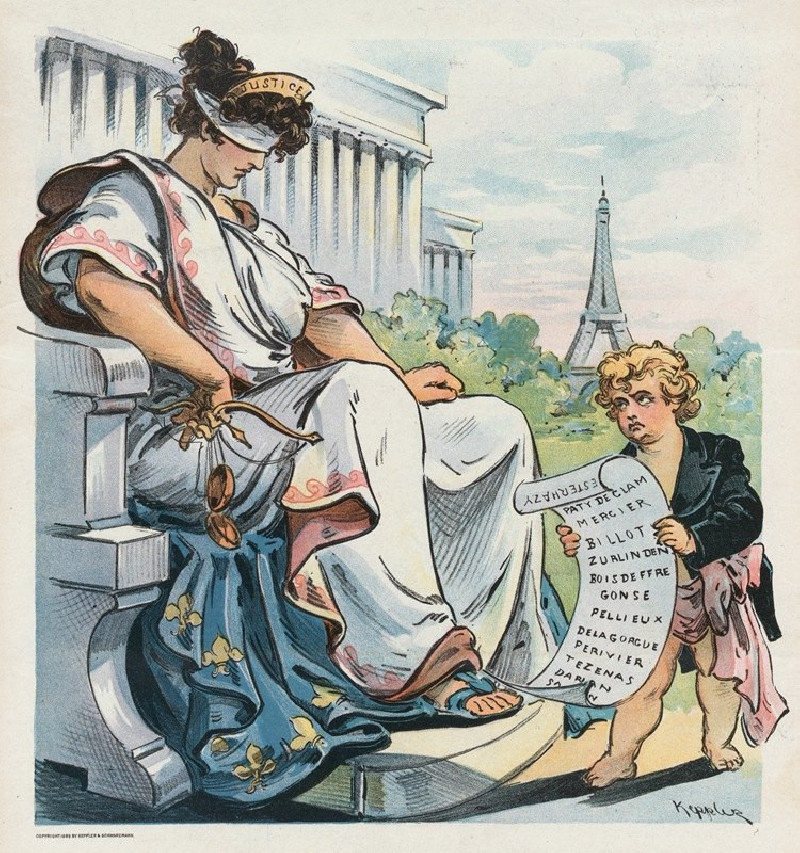En route pour la pêche (Setting Out to Fish) (1878)
Technique: Giclée quality print
Recommended by our customers
More about this artwork
"En route pour la pêche (Setting Out to Fish)" is a captivating oil painting by the illustrious American artist John Singer Sargent, completed in 1878. This masterful work showcases Sargent’s adept handling of light and keen observation of everyday life, elements that define much of his celebrated oeuvre.In this vivid seascape, we observe a group of villagers as they embark on a fishing trip, a routine yet intimate part of their daily lives. The setting is a beach rendered with soft, shimmering tones, reflecting the gentle light of early morning. The expansive sky, filled with wisps of airy clouds, sets a serene backdrop to the scene below, where the lives of simple folk unfold.Foregrounded in the composition are figures of various ages, all dressed in the attire typical of a 19th-century fishing village. The focal group comprises women and children, each carrying baskets, presumably to hold their catch. Their poses and expressions are rendered with subtle details that evoke a sense of anticipation and communal endeavor.The distant horizon is dotted with the silhouettes of ships and boats, hinting at the wider scope of the fishing activity and the dependence of the village on its coastal geography. A notable feature in the painting, the lighthouse, stands as a guardian figure on the right, symbolizing guidance and safety.Sargent’s use of diffused light not only highlights the textural details of the costumes and the shimmering wet sand but also contributes to the overall mood of hopeful endeavor that characterizes this work. This painting is not merely a depiction of an activity but an immersive reflection on community and survival, themes that are timeless and universal.
Delivery
Returns
Born in Florence to American expatriate parents, John Singer Sargent (1856–1925) is considered Europe's leading portrait painter of the Edwardian era. He was educated at both Accademia delle Belle Arti and Paris's École des Beaux Arts. While in Paris, under the guidance of Émile–Auguste Carolus–Duran, a portraitist and muralist, Sargent learned to paint directly from observation without first sketching, employing a fluidity, influenced by the Impressionists. Sargent created more than 2,900 paintings, mainly portraits and landscapes from his travels across the Atlantic, Europe, the Middle East and America.

